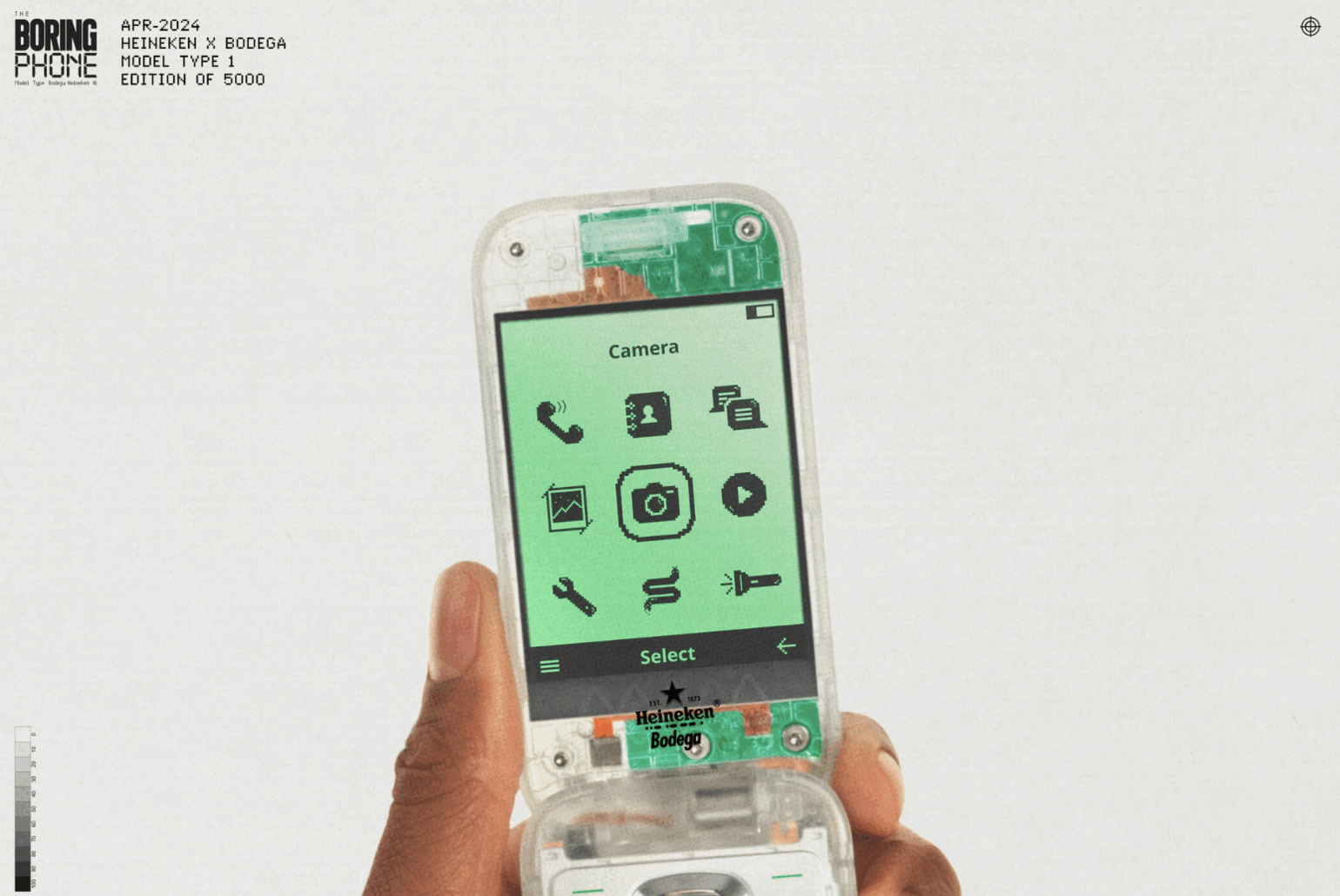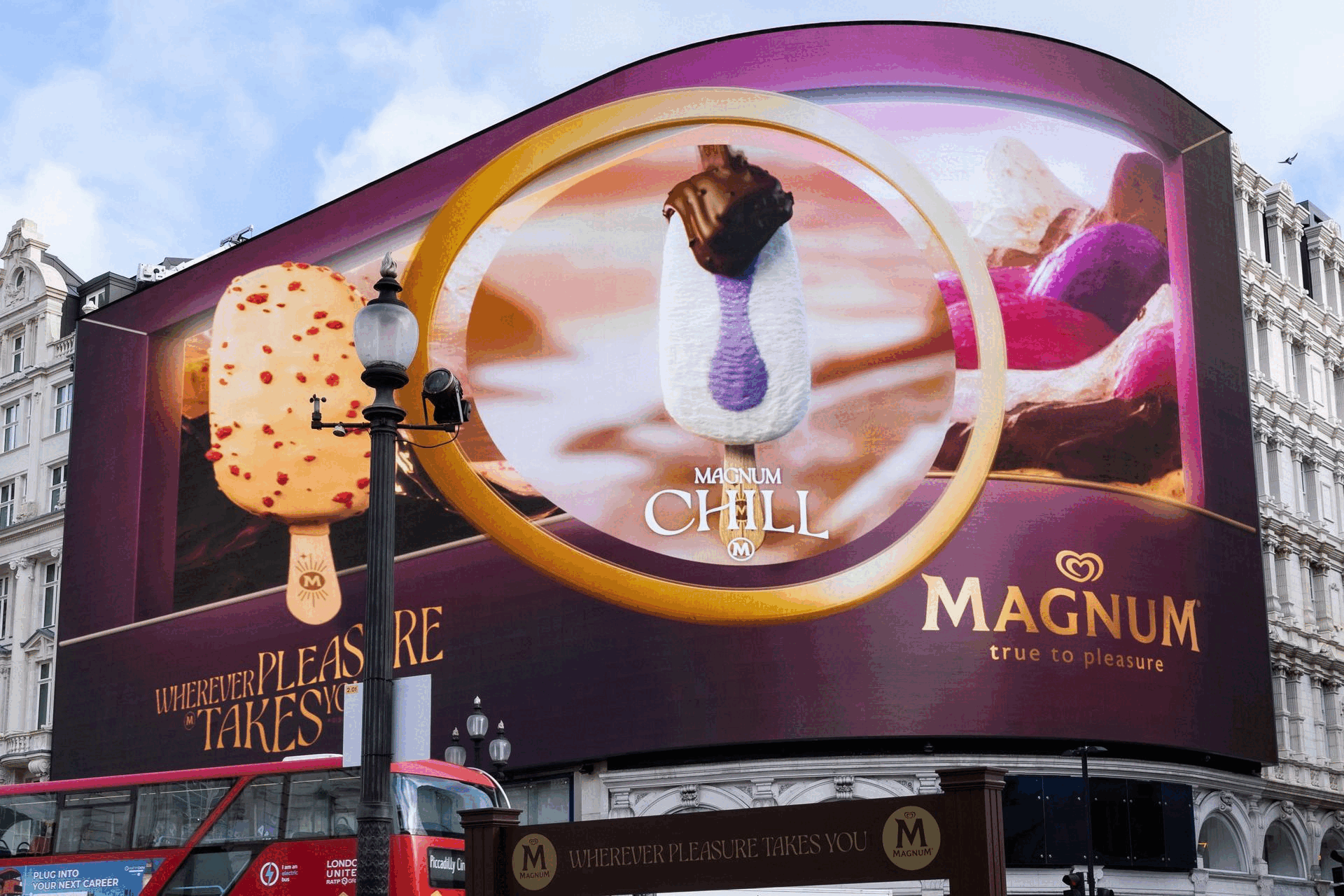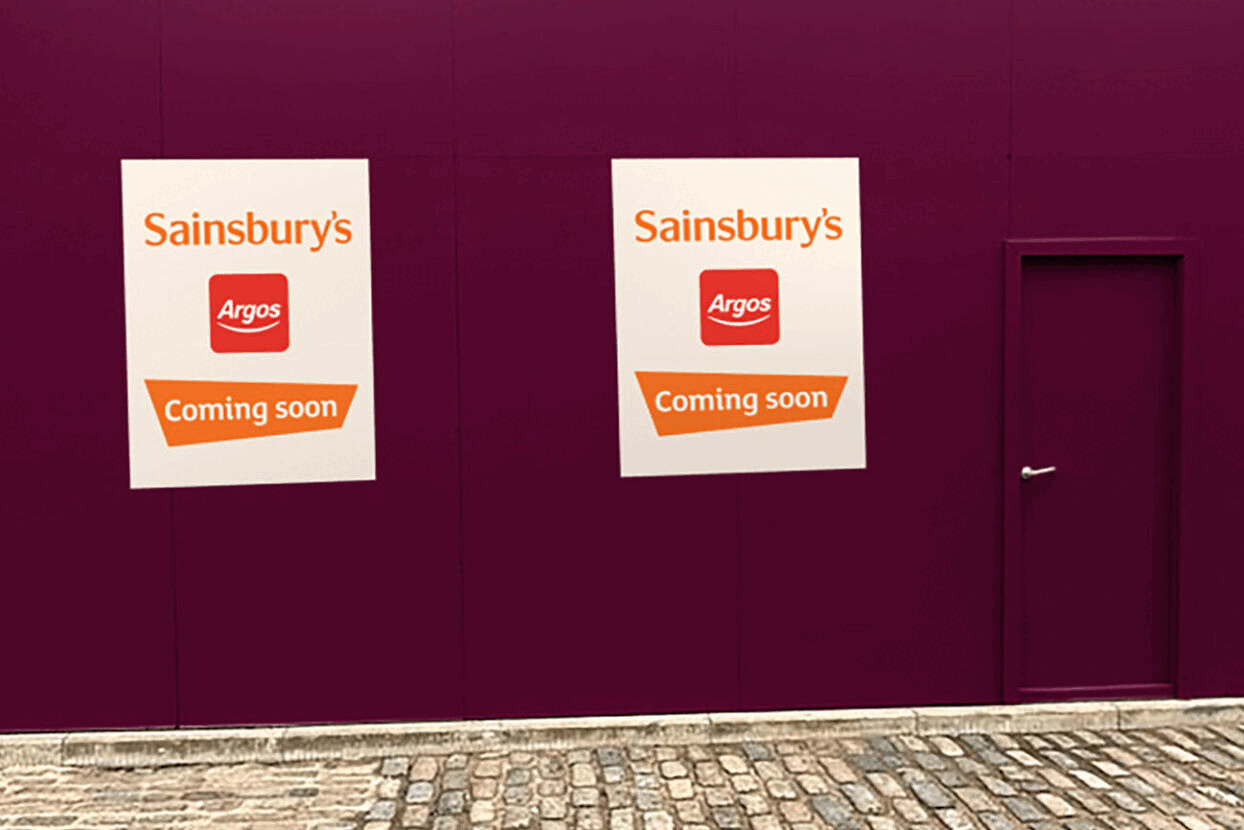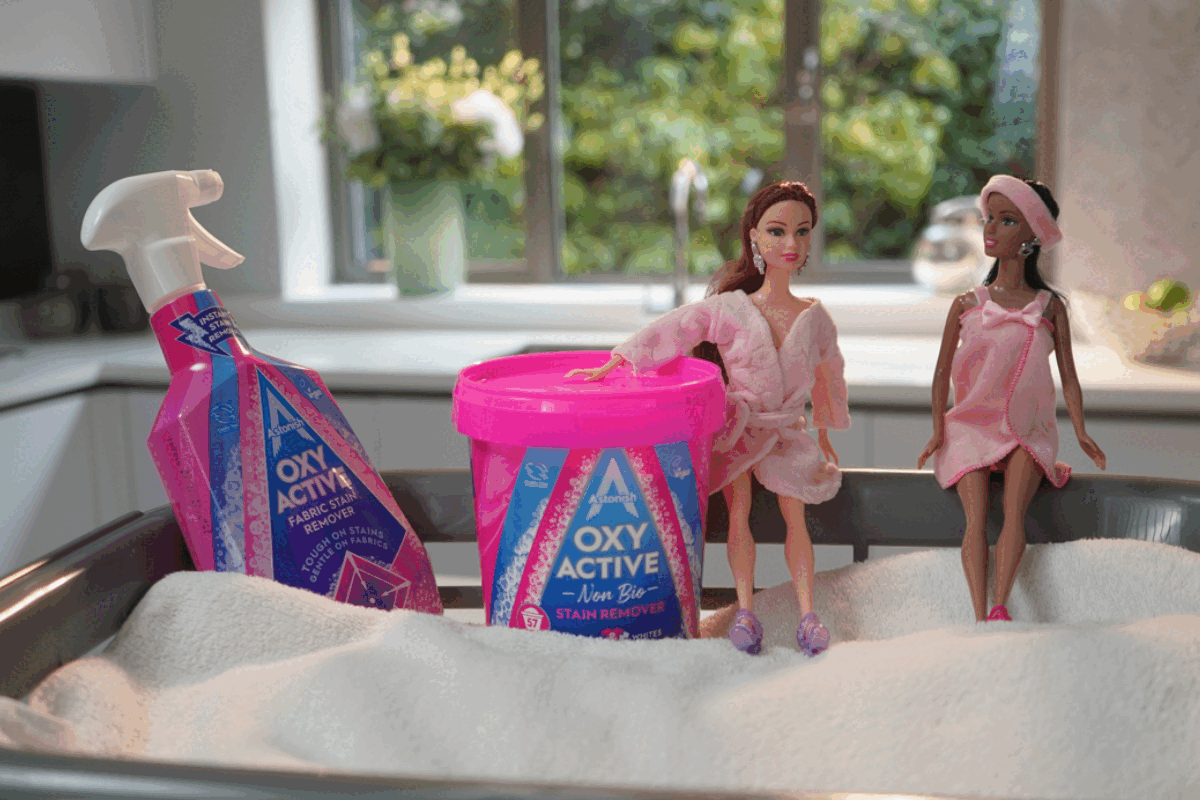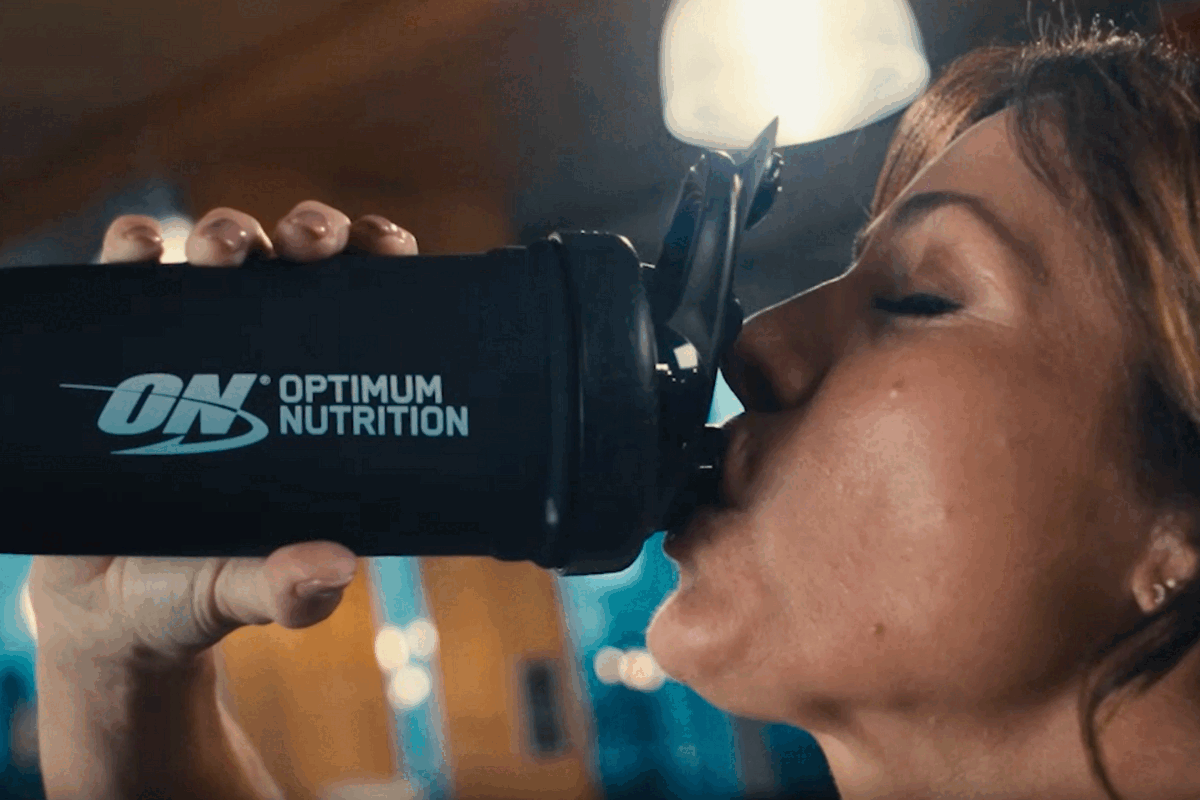Most top UK advertisers appearing in non-safe environments: report
- Friday, June 28th, 2019
- Share this article:
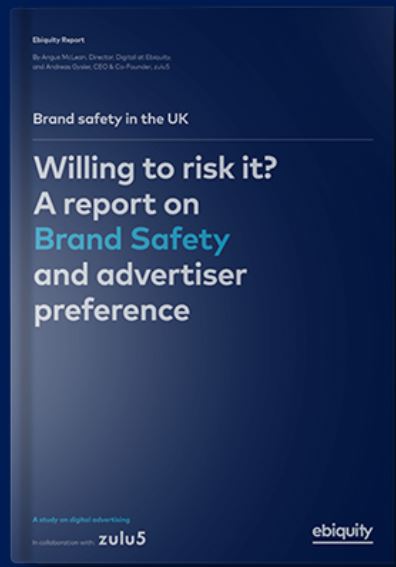 Ads from two thirds of the UK’s top 100 advertisers ran in places considered to be non-brand safe in early 2019, according to a report from marketing and media consultancy Ebiquity, in partnership with zulu5.
Ads from two thirds of the UK’s top 100 advertisers ran in places considered to be non-brand safe in early 2019, according to a report from marketing and media consultancy Ebiquity, in partnership with zulu5.
The study, ‘Brand Safety in the UK: Willing to risk it? A report on Brand Safety and advertiser preference’, looked at the state of brand safety in the UK programmatic market over the first quarter of 2019.
The report found that 65% of the UK’s top advertisers had been exposed to potentially non-brand safe environments – risking long-term brand damage or commercial harm. Different advertiser categories carry a higher risk of exposure, with eCommerce brands most likely to be at risk and beauty & fitness the least.
The report also looked at the non-brand safe content surrounding the ads and found that health & fitness and finance brands were most likely to be exposed to placements alongside extremist content, while eCommerce brands were most likely to be exposed to sexuality and nudity content.
The report notes that certain sectors will be more affected than others by non-safe environments. Brand unsafe advertising for a pharmaceutical brand, for example, could have a bigger impact on brand equity than unsafe advertising of an eCommerce platform, even though the former is less likely to happen than the latter.
The report also found that performance campaigns are at the highest risk due to a focus on conversion over environment.
The study identifies two tiers of brand safety impact in mutually exclusive categories: an objective tier, unsafe for all brands, and a subjective tier, which is based on the advertiser’s own preference. Ebiquity and zulu5 surveyed roughly 100,000 cases where UK brands appeared in either non-brand safe environments or where their ads were served to those environments fraudulently, the majority being in subjective categories, meaning the content appeared next to a brand preference environment.
“Our report demonstrates that brand safety is a complex issue that remains highly relevant for many brands, and there isn’t necessarily one standard applicable to all advertisers,” said Ebiquity digital director, Angus Mclean. “Despite continued risks to brands, we believe advertisers can take active steps to tackle brand safety and ad fraud.”
The report spells out clear recommendations for brands, including a three-stage approach that advertisers can adopt to improve brand safety, starting with defining what constitutes appropriate or inappropriate content and activity; implementing brand safety standards within their media operation, and utilizing ongoing monitoring and management to remain vigilant.
You can download the full report here.
NOTES:







